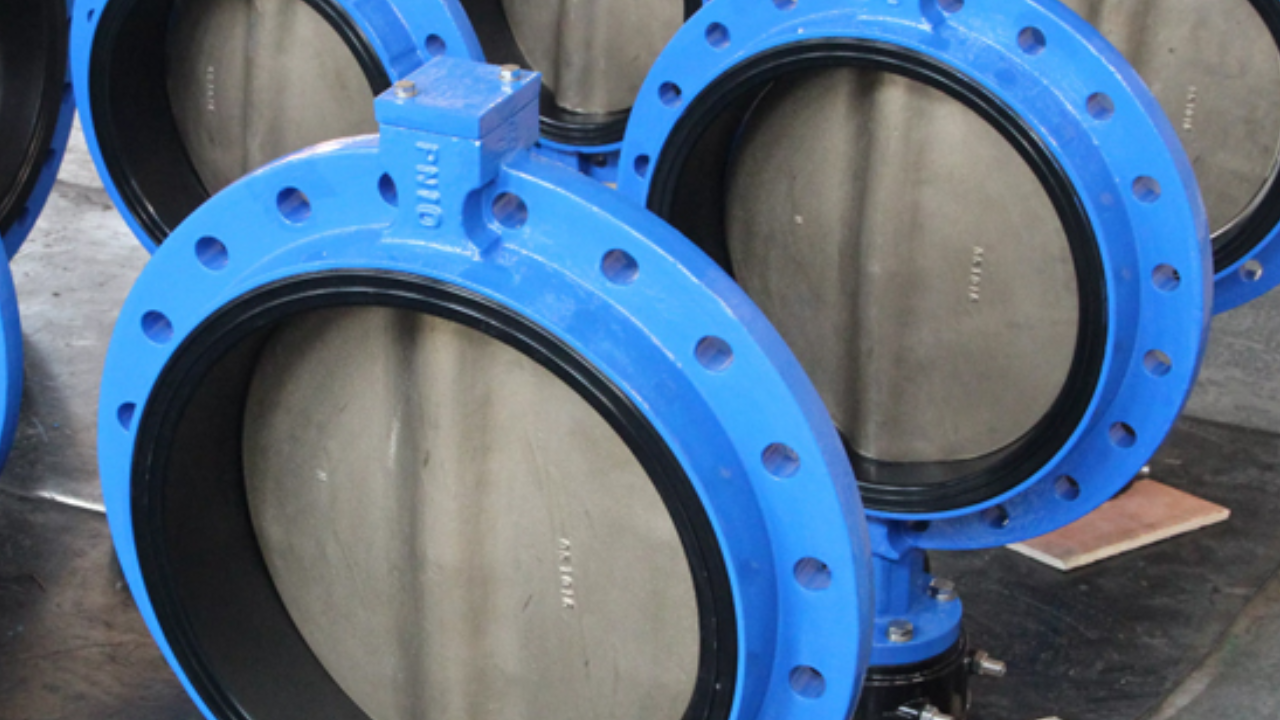Grayson is a shopping aficionado who loves to share information about the best deals and steals he finds. He's always on the lookout for a bargain, and he loves to help others find great deals, too. You can always count on Denise to give you the inside scoop on where to shop and save money.

Lug-type butterfly valves work by regulating the flow of liquids via a spindle-mounted circular disc in a pipeline. This disc may rotate because it is attached to an external actuator, which is typically a gear system or lever. In the open position, the disc aligns with the flow direction, facilitating fluid passage, while in the closed position, it rotates perpendicular to the flow, establishing a seal and blocking fluid movement.
The threaded lugs on the valve body, which allow for a semi-permanent attachment to pipeline flanges, are the characteristic features of lug-type valves. To study more about lug valves click here. This design makes replacement, maintenance, and installation easier without requiring the system to be disassembled completely.
To Choose the Best Lug Butterfly Valve
The selection of valves in fluid control systems is essential to guaranteeing dependable and effective functioning. Lug butterfly valves are unique among the many possibilities because of their adaptability and simplicity of installation. However, there are several aspects to carefully consider when choosing the best lug butterfly valve for a given application.
Knowing About Lug Butterfly Valves
It’s important to comprehend the basics of lug butterfly valves before beginning the selection process. These valves may be installed securely between flanges thanks to threaded lugs on the valve body. They can be used in a variety of sectors due to their versatility in material choices, ease of installation, and bidirectional sealing capabilities.
Describe the Conditions for Application
The initial stage in choosing the optimal lug butterfly valve is identifying the particular needs of the application. Take into account variables including the kind of fluid, temperature, pressure, flow rates, and the operational environment as a whole. Specific requirements from various applications, such as chemical processing, HVAC systems, water treatment, and more, may affect the selection of valve specifications.
Size of Valve and Compatibility
For best results, it is essential to determine the proper valve size. The pipeline’s diameter and the necessary flow rates should match the valve’s size. Additionally, confirm that the lug butterfly valve of choice is compatible with the system’s flanges and other parts. It will be easier to integrate seamlessly into the current infrastructure if standard measurements and requirements are followed.
Selection of Material
Given the type of fluid being handled and the surrounding conditions, material selection is crucial. Lug butterfly valves are frequently made of stainless steel, PVC, CPVC, cast iron, ductile iron, and different alloys. Considerations including temperature resistance, chemical compatibility, corrosion resistance, and the particular needs of the application should all be taken into account when choosing materials.
Ratings for Temperature and Pressure
Take into account the system’s requirements for temperature and pressure. The maximum operating pressure in the pipeline must be met or exceeded by the pressure class of the lug butterfly valve. Likewise, confirm that the temperature rating of the valve corresponds to the fluid’s anticipated temperature range. To guarantee long-term dependability and prevent valve failure, certain criteria are essential.
Installation and End Connection
Examine the lug butterfly valve’s end connections to make sure they work with the current piping system. The pipeline can be easily installed and removed without causing any disruptions because of the lug design. Verify that the flanges and threaded lugs line up for a sturdy and secure connection. Furthermore, determine whether the valve design satisfies the application-specific installation criteria.
Think about Lifecycle Costs
Initial expenses should be taken into account, but it’s also critical to assess the overall cost of ownership for the duration of the valve’s life. Take into account elements including the need for upkeep, how often things need to be replaced, energy efficiency, and material durability. A well-made lug butterfly valve that meets long-term operating requirements can save money and improve system performance.
Bidirectional Sealing
Bidirectional sealing properties of lug butterfly valves are well known for their effective control of fluid flow in both directions. Examine the flow parameters of the valve, such as the flow curve and Cv (flow coefficient), to make sure it satisfies the required performance standards. A thorough understanding of the valve’s flow modulation under various conditions is necessary to maximize system performance.
Final Thoughts
A careful assessment of the application requirements, materials, compatibility, and performance characteristics is necessary to select the optimum lug butterfly valve. To make an informed choice, it is essential to comprehend the subtleties of the system, comply with regulations, and consult an expert. You can confidently choose a lug butterfly valve for your fluid control system that not only satisfies short-term demands but also guarantees long-term dependability.
